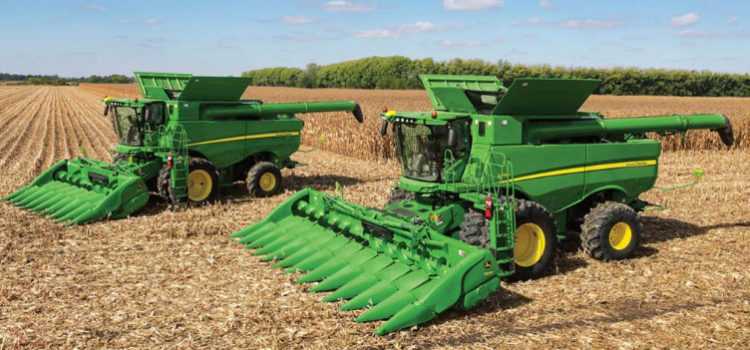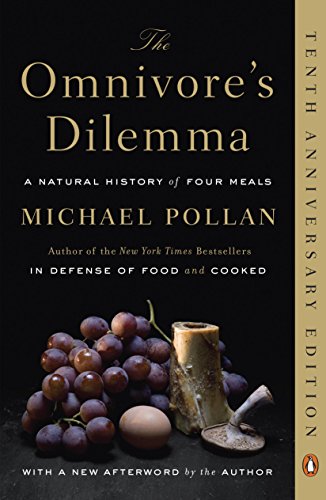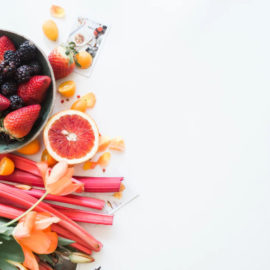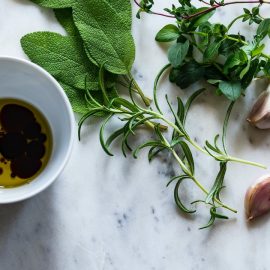

This article is an excerpt from the Shortform summary of "The Omnivore's Dilemma" by Michael Pollan. Shortform has the world's best summaries of books you should be reading.
Like this article? Sign up for a free trial here .
Consumers have two alternatives to the corn-based industrial food chain — Big Organic and traditional organic. Big Industrial Organic is a scaled up version of the traditional organic farm to supply organic food at massive scale to companies like Whole Foods and supermarket chains.
Like traditional organic, Big Industrial Organic operations avoid pesticides and synthetic fertilizer. But they’ve also adopted some practices of the industrial agriculture system including mass production, processing, and long-distance distribution. Traditional organic operations oppose processing and long-distance shipping, which use energy, especially fossil fuels. They aim to sell their foods locally or regionally, while they are freshest.
Both of these organic systems sell food that is safer and more nutritious than industrially grown versions, but Industrial Organic is less sustainable than traditional organic, since much of the energy it uses is non-renewable.
How do Industrial Oganic Farms Work?
Big Industrial Organic farms look a lot like industrial farms, with vast acreage devoted to a single crop (a monoculture) such as broccoli, lettuce, or corn. In California, some of the biggest organic operations are actually owned and run by conventional megafarms.
Big Industrial Organic food chain proponents argue that the scale of a farm has no bearing on its adherence to organic principles. Big farms are necessary because organic production can’t be a significant alternative to the industrial food chain unless it’s practiced on a large scale.
Greenways Organic is a 2,000-acre organic produce operation incorporated into a 24,000-acre conventional farm. It practices both conventional and organic farming.
On the conventional side it uses chemical fertilizer; in the organic operation it uses organic compost (horse and chicken manure). The conventional farm uses chemical herbicides; the organic farm tills to control weeds. However, the heavy tilling needed to meet large-scale production demands is hard on the soil. It also requires “inputs” of compost, fish emulsion, or nitrate.
The organic food chain ideal calls for a sustainable system modeled on nature that requires not only no synthetic chemicals but no purchased inputs of any kind, and that returns as much to the soil as it removes.
This kind of farm is too small for Industrial Organic to work with. It’s more cost-efficient to buy from one 1,000-acre farm than from 10 hundred-acre farms. For a big company like Whole Foods, economies of scale, specialization, and mechanization are more important than values of diversity and interconnection.
In the Industrial Organic Food Chain, giant growers sell most of the fresh organic produce from California. One of them, Earthbound Farm, came up with the idea of selling washed, bagged salad mixes. This undercut the popularity of iceberg lettuce. They pioneered the use of washing and packing machines, and of filling salad bags with inert gases to extend shelf life.
Sales exploded with orders from Costco, Walmart, so the company had to scale up. It partnered with conventional farms, which helped convert more acreage to organic in the Industrial Organic Food Chain.
However its production and delivery methods deviate from organic principles. While Earthbound’s produce is grown organically, it goes into a conventional supply chain once it’s picked. Also, it takes a lot of energy to wash, package, and chill bagged lettuce, as well as to transport it.’
Industrial Organic can be Misleading
Two big corporate organic growers in California — Earthbound Farms and Grimmway Farms — dominate the U.S. market for organic produce. Earthbound grows 80 percent of the organic lettuce sold in the U.S.
When you trace some Whole Food items backward through the Industrial Organic Food Chain, you find:
- Organic milk comes from factory farms, where cows never eat grass. It is ultra-pasteurized so it can be hauled long distances.
- Organic beef comes from feedlots referred to as organic, but which resemble industrial feedlots.
- An organic microwaveable meal contains a wide array of ingredients, including synthetic additives.
- Petaluma Poultry, which produces Rosie the organic chicken, features a shed of 20,000 chickens that have access to a grass strip for only two weeks before slaughter. Few of them use it because they’ve been kept indoors until that point and have fixed habits.
Whole Foods’ labels, brochures, and certification systems may appear to be informative. But the effusive descriptions can be misleading and make it hard to decide among competing products.
———End of Preview———

Like what you just read? Read the rest of the world's best summary of Michael Pollan's "The Omnivore's Dilemma" at Shortform . Learn the book's critical concepts in 20 minutes or less .
Here's what you'll find in our full Omnivore's Dilemma summary :
- What does Omnivore's Dilemma mean?
- Why is industrial farming so bad for you and the environment?
- How did corn and its byproducts (like corn syrup) end up in tens of thousands of foods?
- How is Industrial Organic food like at Whole Foods not much better than massive industrial farming?
- What happens when you try to forage for your own food?





